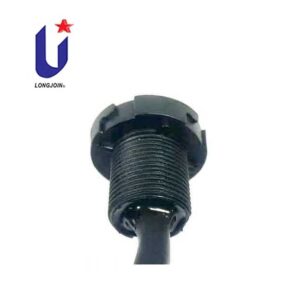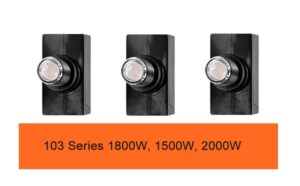Dimming Dilemma in Lambeth: Why Smart Photocell Technology Offers a Better Path to Streetlight Efficiency
Introduce
In July 2025, Lambeth Council said it would spend £4 million to fit 14,000 streetlights with sensors and remote control systems. The plan is to dim the lights by 20% at 10 p.m. We will lower them by another 10% after midnight. This helps save energy and cut carbon emissions.
But if it only saves about £225k each year, you wait 20 years to break even. That slow payback raises hard questions on cost sense, safety for the public, and investment logic.
Against this backdrop, the case for a more agile solution — namely smart photocell upgrades — becomes compelling. This article explores the key issues behind the scheme, and how modular smart photocells (like those from us at long-join.com) present a better path.
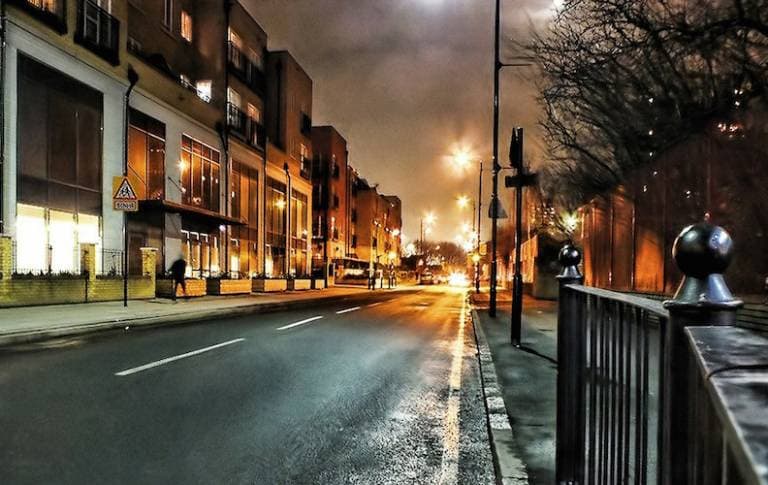
What Are the Core Challenges Behind Lambeth’s Lighting Strategy?
The retrofit plan aims to save approximately £225,000 each year by reducing electricity consumption across 14,000 columns.
With an upfront cost of ~£4 million, this implies a simple pay-back of nearly 18 – 20 years — and that’s before accounting for inflation, borrowing costs and operating overheads. These long horizons are far outside the comfort zone of most municipal investment portfolios.
How Public Safety and Visibility Get Impacted
Lighting reduction is often seen as an easy energy-save lever, yet multiple studies show that improved lighting correlates with crime reduction.
For example, a review by the College of Policing found average crime reductions of 21 % when street lighting is improved. In a borough already under pressure on crime and community safety, blanket dimming raises real questions.
What Implementation Burdens Exist
Rolling out a full remote-management platform across an existing lighting stock demands major infrastructure: sensors, communications, central platform, downtime, training, and integration with the grid.
The procurement notice from Lambeth itself notes a “central control system, and relevant assets to allow for remote control/management of lighting infrastructure in real time”. Such large-scale retrofits carry high risk of delays and interoperability issues.
How Technology Obsolescence Threatens Long-Term Value
Given the 20-year pay-back, the risk of the chosen control/communication system becoming outdated is real. In contrast, smaller, modular upgrades allow incremental deployment and easier updates.
Issue | Impact Description |
Long pay-back period | ROI horizon exceeds 20 years, not viable for most municipalities |
Safety concerns | Dimming could compromise visibility in high-crime areas |
Implementation burden | Retrofit requires new system-wide infrastructure |
Technology obsolescence | Centralised platforms risk becoming outdated during long ROI cycle |
This table highlights the four major challenge categories for the Lambeth plan.
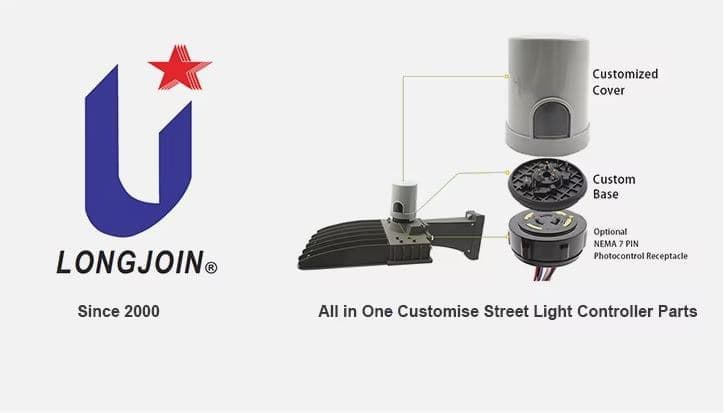
Why Might a Modular Smart Photocell Solution Offer a Better Alternative?
A photocell sensor, also called a photo-electric sensor or photocontrol, detects the light around it and then controls the luminaires to match. When built into LED street lights, these devices let the lights switch on at dusk and off at dawn. They also allow the lights to adapt and give local control. Upgrading to an outdoor photocell light sensor offers a way to add intelligence without replacing the entire luminaire or central platform.
How Does The Cost And Deployment Compare?
Rather than investing millions in new systems across thousands of poles, a modular photocell upgrade allows phased drop-in replacement of existing units. Some of our models (e.g., the ® JL-205C, JL-240, JL-208) support hot-swap installations and standards like ANSI/NEMA/Zhaga. The relative investment is often ~10 % of a full retrofit, enabling quicker deployment.
Comparison Point | Centralised Remote Dimming | Smart Photocell (Decentralised) |
Investment Cost | £4 M+ upfront | ~ 10 % of centralised cost with gradual scaling |
Installation Complexity | Full system retrofit | Drop-in replacement of old photocells |
Deployment Speed | Months to years | Days to weeks |
Safety & Control | System-wide brightness dimming | Localised adaptive response per light |
Compatibility | Vendor-locked platform | Supports ANSI/NEMA/Zhaga for broad compatibility |
This comparative table shows key trade-offs between the two approaches.
What Technical Benefits Does The Smart Photocell Bring?
- Adaptive sensing: The photocell can respond to ambient light and daylight change, dimming gradually or adjusting per pole rather than blanket dimming.
- Surge protection & longevity: Many modern units include surge protection to extend life in outdoor conditions.
- Standards support: Using standardized interfaces such as NEMAor Zhaga sockets ensures compatibility across luminaire brands.
- Incremental deployment: You can add new photocells only when one fails. This way you avoid one huge CAPEX
- Hot-swap capability: Crews change photocells with no power shutoff, which cuts downtime.
How Does This Alternative Address The Lambeth Concerns?
- It dramatically shortens pay-back by lowering upfront cost and avoiding full platform investment.
- It supports safety by enabling per-light control and avoiding blanket dimming in higher-risk zones.
- It reduces implementation burden since you don’t remodel the entire system in one go.
- It mitigates obsolescence risk by using modular, upgrade-friendly components.
Which Smart Photocell Models Are Recommended For Lambeth’s Context?
Here are the recommended models suitable for outdoor street-lighting applications:
Model | Interface | Key Features |
UM-205C | ANSI C136.10 | Light attenuation compensation, surge protection, delayed shut-off timing |
UM-240 | ANSI C136.41 7-pin | Remote control support, platform integration, compatible with smart lighting |
UM-208 | Compact NEMA | Basic to advanced control, good for retrofit in tight enclosures |
All models support hot-swap replacement, reducing service downtime and eliminating the need to cut power during maintenance. This allows a municipality like Lambeth to roll out gradually across its lighting stock.
Moreover, the incremental deployment model complements the financial constraints of a borough facing tight budgets and long pay-back risks.
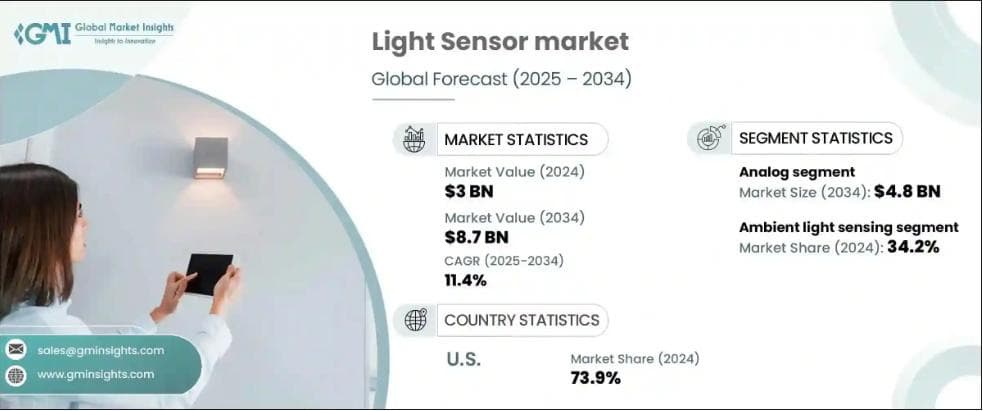
In What Application Areas Does Smart Photocell Technology Provide the Greatest Value?
Application Area | Benefit of Smart Photocells |
Main Roads & Arterials | Reliable switching, high surge protection, long life for busy traffic zones |
Solar-Powered Lamp Posts | Compatible with low-voltage systems and smart lighting control. |
High-Crime or Pedestrian Zones | Enables motion-triggered or light-sensing activation, enhancing safety |
Parklands & Residential Estates | Makes use of light sensor switch to adjust luminaire behaviour to ambient |
Why These Use-Cases Matter For Lambeth
In an urban borough with mixed street types, high population density and significant crime concerns, a one-size-fits-all dimming strategy is risky. Smart photocells allow variable control, answering safety, yield and energy-efficiency in one package.
Also, because the upgrade is stand-alone, the council can prioritise zones: high-risk zones first, then extend. That allows better use of limited capital and faster results.
How Do We Ensure This Solution Aligns With Compliance, Standards, And Future-Proofing?
When implementing a smart lighting control approach, municipalities must ensure:
- Use standards-based-equipment like ANSI/NEMA and Zhaga sockets. Prevents vendor lock-in.
- You need real durability. The photocell lighting sensorshould be built for outdoor use. It should have an IP65 rating or higher. That means it can handle harsh weather.
- Integration with existing asset-management systems for data consistency.
- Scalability to future smart-city platforms (IoT, analytics, dimming schedules).
- Strong service and warranty terms. Covers product lifespan, surge protection, and remote diagnostics.
Lambeth can use these rules. This helps avoid the risk that a central system goes out of date during a 20-year payback cycle. Instead, the modular upgrade path offers flexibility and adaptation.
What Is The Recommended Roadmap For Deployment In Lambeth?
- Audit lighting stock: Find poles that need upgrades, or cost a lot to maintain.
- Pilot deployment: Start by swapping the photocells in one high-priority zone. This could be a high-crime street or a busy walkway. Watch what happens. Track energy savings, safety results, and how it affects daily operations.
- Evaluate results: Check real energy savings. Note any problems. Gather safety and visibility feedback.
- Scaled rollout: Based on pilot data, extend replacement to remaining columns across the borough in phases.
- Continuous monitoring & adaptation: Use photocell data to drive adaptive schedules. This also supports future smart-city links and asset optimization.
- Avoid full system lock-in: Keep open standards. Use modular design to adapt to future tech.
This roadmap allows Lambeth to avoid spending £4 million all at once, and instead invest smartly—and scale as real yields are verified.
Conclusion
The smartest way to light a city isn’t always to reinvent it — sometimes it’s about making the smallest components smarter.
Lambeth’s financial and public-safety concerns underline the need for leaner, agile lighting solutions. By leveraging smart photocells — designed for standards-compliance, fast deployment and intelligent control — cities can achieve real energy savings without sacrificing safety or sinking funds into long-pay-back systems.
For municipalities looking to balance budgets, meet carbon targets, and maintain public trust, this modular path offers both prudence and performance.
External Links:
●https://www.thetimes.com/uk/london/article/lambeth-council-london-lights-cut-emissions-62dsf60d6
●https://www.college.police.uk/research/crime-reduction-toolkit/street-lighting
●https://www.find-tender.service.gov.uk/Notice/030933-2025
●https://www.investopedia.com/terms/c/capitalexpenditure.asp

